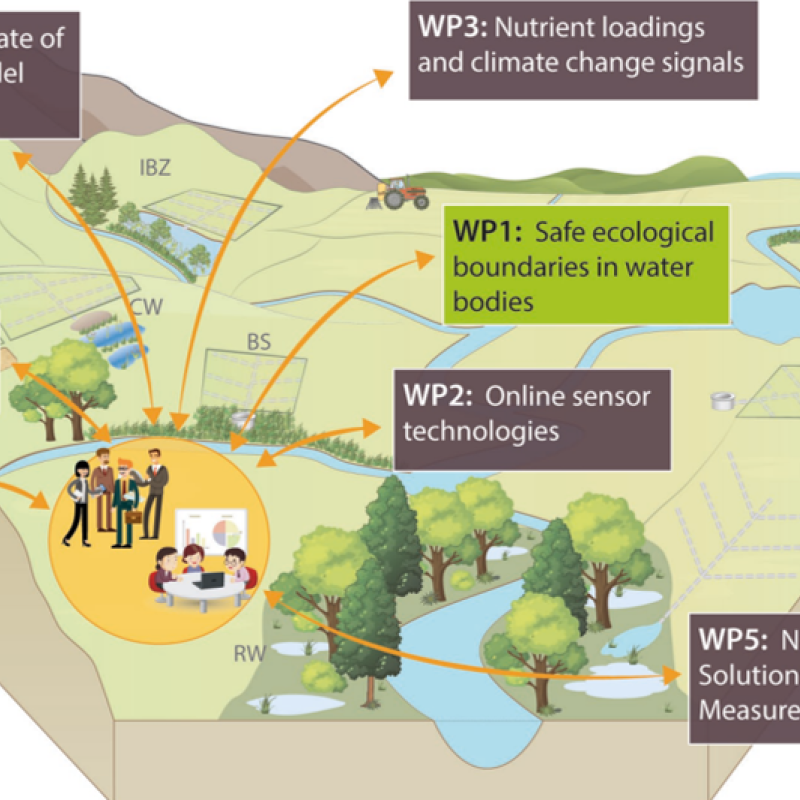Anne-Grete Buseth Blankenberg
Senior Research Scientist
(+47) 416 97 737
anne-grete.blankenberg@nibio.no
Place
Ås O43
Visiting address
Oluf Thesens vei 43, 1433 Ås
Abstract
No abstract has been registered
Abstract
Constructed wetlands (CWs) are a widely recognised measure for reducing pollution loads and improving the quality of surface waters. The removal efficiency of CWs varies considerably depending on system type and design as well as residence time, hydraulic load, particles and nutrient loading rates. Therefore, there is a need to closely monitor the efficiency of existing measures, look at their efficiency in practice and be able to foresee potential implications for their efficiency in light of climate change and land management intensification. This study presents 18 years of data from a typical Norwegian small CW established in the Skuterud catchment. The main objective of this study was to look at the impact of hydraulic load, particles and nutrient loads (depending on climatic factors such as temperature and precipitation) on CW effectiveness. The results showed an average of 39 % and 22 % annual removal efficiency for sediment and phosphorus, respectively. It appears that good CW effectiveness coincides with a combination of high sediment or phosphorus loads to the CW and a stable runoff of low to moderate intensity. At the seasonal level, the highest sediment and phosphorus removal efficiency is observed in the summer seasons (47% for sediment and 29% for phosphorus), when the sediment and phosphorus loads and runoff are at their lowest, and the lowest in autumn (23% for sediment) and in winter (4% for phosphorus). The relationship between removal efficiency and loads to the CW is not that straightforward, as other seasonal differences, such as erosion patterns, vegetation development, also become important. The conclusion based on the results presented is that establishing CWs can be a good supplement to best management practice in erosion-prone catchments with sensitive recipients.
Abstract
No abstract has been registered

